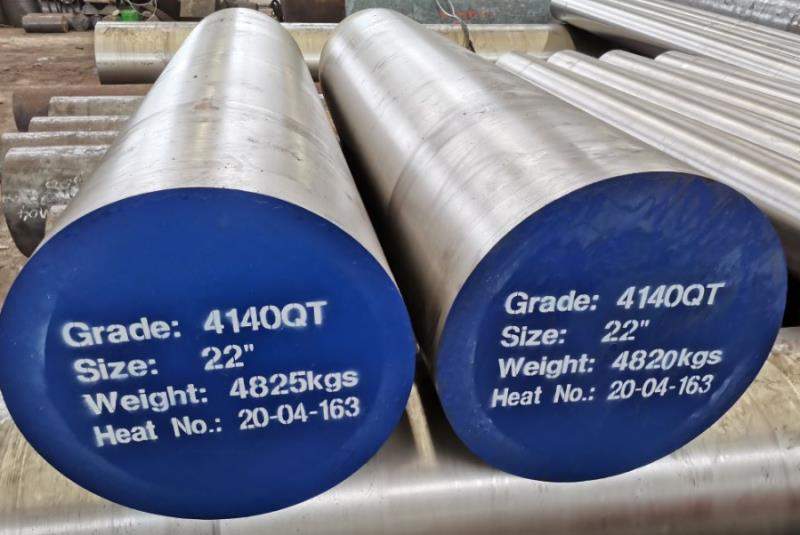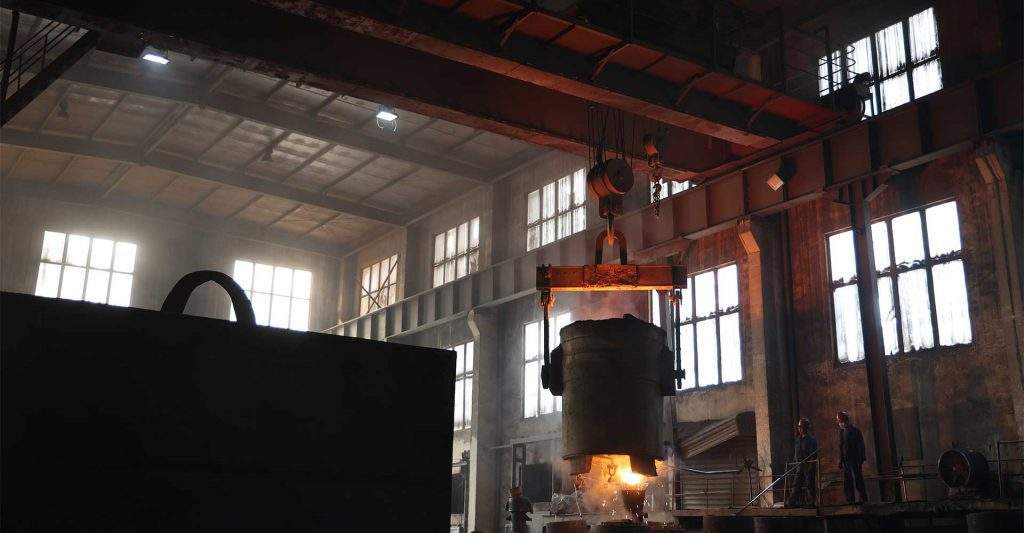Introduction
4140 alloy steel is a versatile and widely used material in engineering and industrial applications. Known for its excellent strength, hardness, and wear resistance, it is a popular choice for many high-stress applications. This comprehensive guide will explore the properties, uses, machining tips, and heat treatment processes of 4140 alloy steel, providing engineers with valuable insights into this material.
Understanding 4140 Alloy Steel

What is 4140 Alloy Steel?
4140 alloy steel is a low-alloy steel containing chromium, molybdenum, and manganese. These elements give it its strength, toughness, and wear resistance. It is often used in applications where high strength and good ductility are required.
Chemical Composition of 4140 Alloy Steel
The chemical composition of 4140 alloy steel is as follows:
- Carbon (C): 0.38-0.43%
- Chromium (Cr): 0.80-1.10%
- Manganese (Mn): 0.75-1.00%
- Molybdenum (Mo): 0.15-0.25%
- Phosphorus (P): Max 0.035%
- Sulfur (S): Max 0.040%
- Silicon (Si): 0.15-0.35%
This specific blend of elements contributes to the material’s mechanical properties and suitability for various applications.
Properties of 4140 Alloy Steel
Mechanical Properties
The mechanical properties of 4140 alloy steel make it suitable for many engineering applications. Here are some key properties:
- Tensile Strength: 950-1000 MPa
- Yield Strength: 655-745 MPa
- Elongation at Break: 25%
- Hardness (Brinell): 197-237
- Impact Toughness: 30 J
Physical Properties
The physical properties of 4140 alloy steel also play a significant role in its applications:
- Density: 7.85 g/cm³
- Melting Point: 1416°C (2580°F)
- Thermal Conductivity: 42.6 W/m·K
- Electrical Resistivity: 0.0000175 Ω·cm
Applications of 4140 Alloy Steel
Automotive Industry
In the automotive industry, 4140 alloy steel is used to manufacture critical components such as crankshafts, gears, and connecting rods. Its high strength and toughness make it ideal for parts subjected to high stress and wear.
Construction and Machinery
4140 alloy steel is also extensively used in construction and machinery for making heavy-duty shafts, axles, and bolts. Its ability to withstand high stress and fatigue makes it suitable for structural applications.
Oil and Gas Industry
In the oil and gas industry, 4140 alloy steel is used for downhole tools, drill collars, and other equipment that requires high strength and resistance to corrosive environments.
Aerospace Industry
The aerospace industry relies on 4140 alloy steel for components such as landing gear, engine parts, and structural members. Its combination of strength, toughness, and fatigue resistance makes it an excellent choice for aerospace applications.
Heat Treatment of 4140 Alloy Steel
Overview of Heat Treatment Processes
Heat treatment is essential for enhancing the mechanical properties of 4140 alloy steel. The primary heat treatment processes include annealing, quenching, and tempering.
Annealing
Annealing 4140 alloy steel involves heating the material to a specific temperature and then slowly cooling it. This process reduces hardness and increases ductility, making the steel easier to machine.
Quenching and Tempering
Quenching involves heating the steel to a high temperature and then rapidly cooling it in water or oil. This process increases hardness. Tempering follows quenching and involves reheating the steel to a lower temperature, which reduces brittleness while maintaining hardness and strength.
Table: Heat Treatment Parameters for 4140 Alloy Steel
| Process | Temperature Range | Cooling Medium | Resulting Hardness (HRC) |
|---|---|---|---|
| Annealing | 800-850°C | Air | 20-25 |
| Quenching | 845-870°C | Oil | 50-55 |
| Tempering | 540-680°C | Air | 30-45 |
Machining 4140 Alloy Steel

Tips for Machining
Machining 4140 alloy steel can be challenging due to its hardness and strength. Here are some tips to ensure successful machining:
- Use Carbide Tools: Carbide tools are recommended for machining 4140 alloy steel due to their hardness and wear resistance.
- Apply Cutting Fluids: Use cutting fluids to reduce heat and wear on tools.
- Optimize Cutting Speeds: Maintain appropriate cutting speeds to balance tool life and machining efficiency.
Common Machining Processes
Common machining processes for 4140 alloy steel include turning, milling, drilling, and grinding. Each process requires specific considerations to achieve the best results.
Conclusion
4140 alloy steel is a highly versatile material that offers excellent mechanical properties, making it suitable for a wide range of engineering applications. Its high strength, toughness, and wear resistance make it a preferred choice in industries such as automotive, construction, oil and gas, and aerospace. By understanding its properties, applications, heat treatment processes, and machining tips, engineers can effectively utilize 4140 alloy steel in their projects.
FAQ
What are the main benefits of using 4140 alloy steel?
4140 alloy steel offers high strength, toughness, wear resistance, and good ductility, making it ideal for high-stress applications in various industries.
How does heat treatment affect 4140 alloy steel?
Heat treatment processes such as annealing, quenching, and tempering enhance the mechanical properties of 4140 alloy steel by increasing hardness, strength, and toughness.
Can 4140 alloy steel be welded?
Yes, 4140 alloy steel can be welded, but it requires preheating and post-weld heat treatment to avoid cracking and ensure optimal weld quality.
What is the typical hardness of 4140 alloy steel after quenching and tempering?
After quenching and tempering, the hardness of 4140 alloy steel typically ranges between 30 and 45 HRC, depending on the tempering temperature.
What are some common applications of 4140 alloy steel?
Common applications of 4140 alloy steel include automotive components, construction machinery, oil and gas equipment, and aerospace parts, where high strength and toughness are required.
